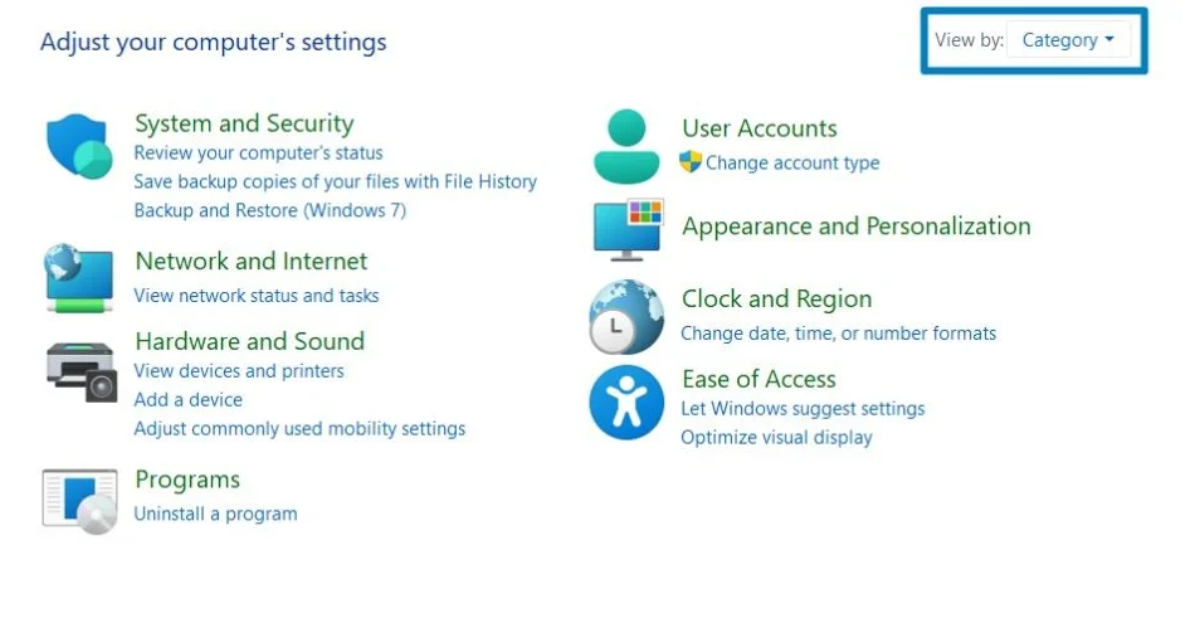Introduction
Remote Differential Compression (RDC) is a technology developed by Microsoft that optimizes data synchronization and transfer over networks, particularly in scenarios involving large files or data sets. The Remote Differential Compression API allows applications to efficiently identify and transfer only the differences between two sets of data, rather than transferring entire files. This is particularly beneficial for applications that need to maintain consistency across multiple devices or servers without incurring excessive bandwidth costs or time delays.
What is Remote Differential Compression?
RDC was introduced as part of the Windows operating system to improve the efficiency of data transfers. It works by analyzing the differences between files and sending only the changed portions. This is especially useful in scenarios where data files are large and changes are relatively minor. By minimizing the amount of data sent over the network, RDC can significantly speed up synchronization processes, reduce network congestion, and lower the cost associated with data transfer.
How RDC Works
The mechanics of RDC involve several key steps:
- Data Segmentation: When a file is analyzed, RDC segments it into smaller blocks. Each block is hashed to create a unique identifier.
- Comparison: The hashes of the original file and the modified version are compared to identify which blocks have changed.
- Diff Generation: Instead of transferring the entire modified file, RDC generates a “diff” containing only the blocks that have changed.
- Data Transfer: The diff is sent over the network to the target system, which can then reconstruct the updated file using the received blocks and the unchanged portions stored locally.
API Support for Remote Differential Compression
The Remote Differential Compression API provides a set of functions that developers can use to implement RDC in their applications. These functions facilitate the creation, comparison, and application of diffs, allowing applications to leverage RDC’s capabilities without needing to understand the underlying mechanics fully.
Key Functions of the RDC API
- RDCCreate: This function initializes a new RDC session for comparing data.
- RDCCompare: It compares two data sets and identifies the differences, generating the necessary diff.
- RDCApply: This function applies the generated diff to the target data set, reconstructing the updated file.
- RDCRelease: It cleans up resources associated with an RDC session.
Benefits of Using RDC API Support
- Efficiency: By only transmitting changes, RDC significantly reduces the amount of data sent over the network, which is particularly useful for remote backups, file synchronization, and cloud storage solutions.
- Cost Savings: Reduced data transfer translates to lower bandwidth costs, making it an economically viable option for organizations that deal with large volumes of data.
- Faster Synchronization: Applications that implement RDC can achieve quicker synchronization times, improving user experience and operational efficiency.
- Reduced Latency: With less data to transmit, the time it takes to update files over the network is minimized, which is especially important in environments requiring real-time data consistency.
Use Cases for RDC API Support
- Backup Solutions: Many backup software solutions utilize RDC to efficiently synchronize files between local and remote storage, ensuring that only the changed data is backed up.
- Cloud Storage Services: Providers can leverage RDC to keep files synchronized across devices without requiring users to upload entire files every time a change is made.
- Version Control Systems: RDC can be used to manage and synchronize codebases by only transferring changed lines or sections, rather than entire files.

An excellent article is more than simply creating words. This requires special zeal for the art to create great content. I can feel the enthusiasm in this post and I agree with the points here.